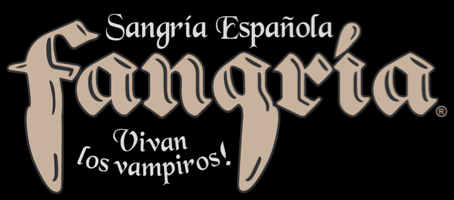
Sparkling Wines and the Differences Between Them
The pop of a cork is traditionally a signal to the start of a special moment, celebration or transition. Think of Champagne at weddings, chardonnay at anniversaries, or a glass of sparkling wine at dinner on New Year’s Eve. No matter the occasion, one always prepares for the event by choosing a robust wine to tip the scales.
Some people still tend to equate sparkling wines as being Champagne, and while it is true that all Champagne is sparkling wine, only sparkling wine made in the Champagne region in France using three types of grapes, chardonnay, pinot noir, and Pinot Meunier can by law be called Champagne which is not entirely accurate for the latter. Sparkling wine can be a white wine, red wine, or Rosé. It can also be made from all types of different grapes procured from various areas around the world, and then brought to the most significant winemaking regions globally to be brought to life.
Here is a quick guide to sparkling wines and the differences between them to help you choose the right pairing for your next celebration or holiday.

How Are Sparkling Wines Made?
Sparkling wines are made using various types of production methods. The choice of production method can impact the taste of the sparkling wine, so naturally, people continue to debate which one is the best.
The classic method, also known as the méthode champenoise, involves adding yeast and sugar to the base wine and then putting it into a sealed bottle. That bottle needs to be rotated and shaken throughout a period of weeks or months. After this process, any residual clumps of yeast are removed, and the bottle resealed. Sparkling wines produced this way are also higher in price to reflect the effort involved in their creation.
The other main option for the second fermentation keeps the wine in a large tank versus individual bottles. The agitation and rotating are easier to do and make the process more cost-effective.

Types of Sparkling Wines
There are several different types of sparkling wines, a few that you might have seen are Champagne, Prosecco, Rosé, and Cava. Each of them has different flavors and are made in a variety of ways. Let’s dive into a few of them and discover what sets them apart.
Cava
Coming from the word cellar, Cava is a sparkling wine made in Spain that can be used as an ingredient in sangria. It is made with native Spanish grapes and can be styled as a dry brut to a sweet dulce.
Prosecco
Light and very aromatic Prosecco lends to be on the dry side. It comes from Italy and is made from the glava grape. It is created using the Charmat (tank) method. It is perfect for casual drinks, Bellinis, and even Mimosas.
Rosé
Initially created in the Provence wine region in France, Rosé is well known worldwide. Being the perfect wine for day or night, it lends to be versatile yearlong. While white wine is generally cultivated by white grapes and red wine by red grapes, what about Rosé? Being that pink grapes don’t exist. The truth is that all grape juice is clear, and the colors come from the skin contact of the grape itself also known as maceration. By allowing the red skins to soak for short periods, it creates the perfect haven for a light blush pink color. By extracting the red skins early, it is possible to make white Champagne from pinot noir grapes.
Many California sparkling wines are not made with chardonnay or pinot noir, but they use the cheaper and more plentiful grapes. Dracula Sparkling Rose on the other hand, is made from a blend of chardonnay and pinot noir grapes. The red grapes give it the traditional Rosé color. With Dracula Sparkling Rose, this traditional blend of sparkling wine is created using a modern Prosecco style.
Sparkling Wine Levels of Dryness
If you have tasted a variety of sparkling wines, then you are going to notice the various levels of dryness. Here is what you need to know to find the right dryness level to please your palate.
Brut or Extra Brut – This term means that the sparkling wine is very dry, meaning that it is not sweet. They typically have high acidity and pair well with food because of the high acidity.
Extra Dry – This term means that the sparkling wine is less dry than Brut, so it is a touch sweeter and with slightly lower acidity. While it might still pair well with food, it can be more appealing to those who like a slight sweet taste.
Sec – This term identifies the next level of sweetness.








